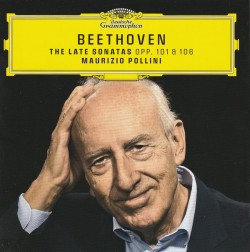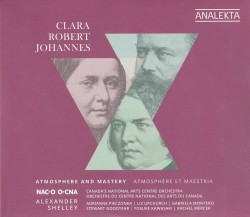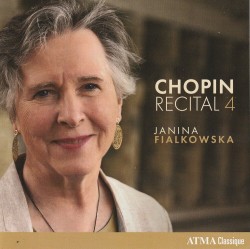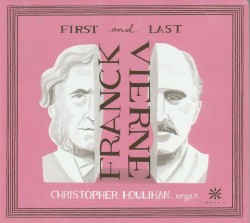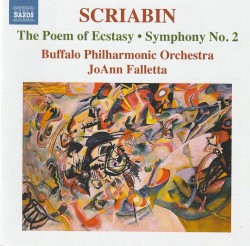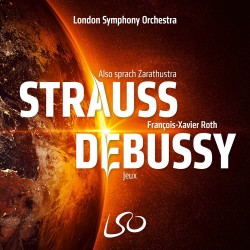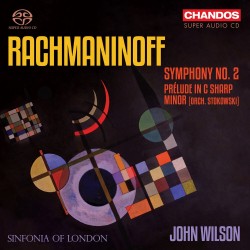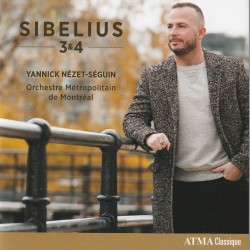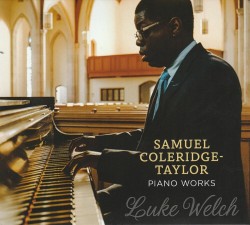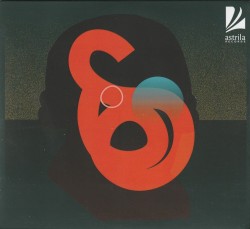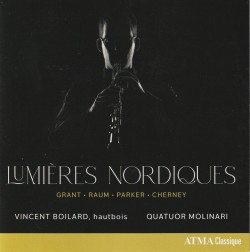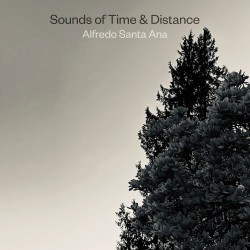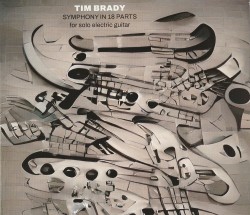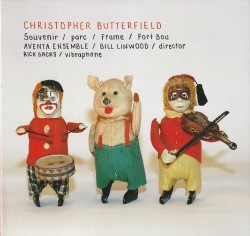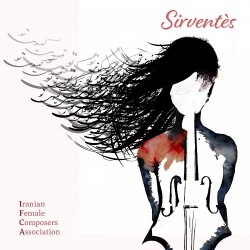J.S. Bach - András Schiff (clavichord)
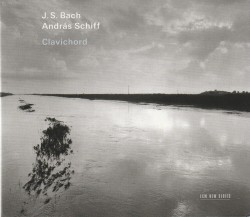 J.S. Bach
J.S. Bach
András Schiff (clavichord)
ECM New Series ECM 2635/36 (ecmrecords.com)
As the 2CD J.S. Bach – Clavichord release liner notes explain, the clavichord was Bach’s favoured domestic keyboard, its intimate sound nevertheless allowing for a wide range of expression unavailable to the harpsichord. Veteran Bach specialist, Hungarian-British pianist and conductor András Schiff, makes full use of the clavichord’s impressive nimble and expressive capabilities in this recording of six Bach works. On display is his use of shaded dynamic tiers to distinguish contrapuntal voices in the music, as well as his subtle finger vibrato produced by vertically pressing the key after sounding the note. He also sometimes introduces a nuanced rubato along with the finger vibrato, heightening the drama in the music.
Playing a 2003 replica of a 1743 Specken clavichord, which in certain passages leans toward a pleasant lute-like timbre, Schiff gives us a convincing Bach clavichord recital comparing favourably with Menno van Delft’s recording of the keyboard partitas. Bach’s two-part Inventions and three-part Sinfonias are particularly well represented. Each of the 15 movements in a different key, these pedagogic works were originally intended for students and amateurs, yet they number among the composer’s most original and expressive keyboard compositions.
ECM’s evocatively realistic sound engineering presents the clavichord as the modest living room instrument it was designed to be, designed for private study and enjoyment. Schiff knows the clavichord and this repertoire inside out, playing with musical poise and unaffected élan.


